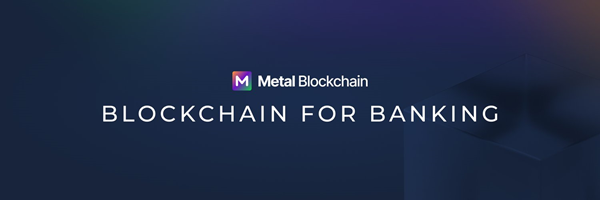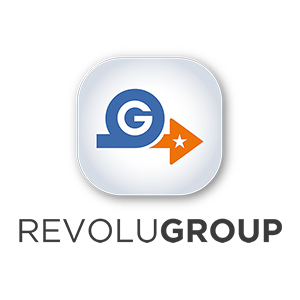Latest News
Artificial Intelligence Breakthroughs Lead to Unprecedented M&A Growth, Reveals Hampleton Partners’ Report

 Reading Time: 3 minutes
Reading Time: 3 minutes
Hampleton Partners’ latest analysis of the Artificial Intelligence M&A market reveals that over 150 deals were disclosed in 2018, up from 105 deals in 2017. The first half of 2019 is also showing impressive AI-related M&A momentum, with 65 deals already recorded and a total of near 100 deals forecast for the half-year only. In terms of market value, AI is forecast to grow from $21.46 billion in 2018 to $190 billion by 2025 – in other words, to grow nine-fold over the next seven-year period[1].
Heiko Garrelfs, sector principal, Hampleton Partners, said:
“Q1 2019 has set the pace for the rest of the year, with record-breaking M&A transaction volumes in two of three artificial intelligence sub-sectors. With the growth and competitiveness of many industries now dependent on the development of these AI technologies, strategic investors across all sectors and continents are stepping up their acquisitions and investments.
“Artificial intelligence is one of the fastest-moving sectors, thriving off great momentum and yielding game-changing outcomes.”
Artificial intelligence has moved from the experimental into the developmental phase of the innovation cycle. As the application of AI grows increasingly widespread across almost all verticals, several industries are now dependent on AI advancements to ensure their growth and competitiveness, including autonomous vehicles, IoT, healthtech, e-commerce, insurance and smart cities.
These industries look for artificial intelligence that can propel their next technology push, improve efficiency and productivity, streamline business models, and reduce latency and fragmentation.
Machine data analysis and edge AI
The first quarter of 2019 has proven a record period in M&A transaction volume for the machine data analysis sector with 46 deals.
Machine data analysis has recently shown an inclination towards Edge AI – i.e. running AI algorithms on edge devices such as smartphones or cars, rather than communicating with a central cloud or server – which allows devices to safeguard privacy, avoiding the purported insecurity of cloud-based data systems.
Edge computing also allows devices to process information locally and respond more quickly, which is vital for the development of Internet of Things (IoT) and autonomous vehicle technology, where immediate response is a necessity.
Computer vision
Computer vision experienced a stellar half-year in 2H 2018, mainly owing to growth in hot trends such as facial recognition, check-out-free retail or motion analysis, all of which enable the collection of more insights and provide information for future market opportunities.
Facial recognition is fast becoming a dominant form of biometric authentication, with early commercial applications in security, retail, payments and consumer electronics – Apple’s latest smartphone technology for Face ID logins and payments being one of the commercially popular use-cases. Retailers are also adopting the technology to recognise returning customers – a strategy used to offer special discounts as part of loyalty programmes.
Furthermore, as increasingly smart city infrastructure adopts security cameras, video analytics can be widely applied using facial recognition to detect and track offenders or suspects in public spaces.
Language analysis and conversational AI
Global tech companies east and west have focused heavily on Conversational AI. Google’s integration of Duplex – its new AI-driven automated reservation-making system – into the Pixel 3 smartphone, transformed the Google handheld device into an AI powerhouse.
However, Apple’s Siri has lagged far behind Amazon’s Alexa and Google’s Assistant in terms of voice recognition ability and development. It was no surprise, therefore, that in February 2019 Apple acquired PullString, a speech recognition software development SaaS which enables businesses to build interrelated applications for IoT devices.
Many companies believe the problem is not the speech recognition technology itself, but the lack of focus and reasoning within these systems. As a result, intent detection – i.e. the ability to determine from context what the user wants – has become the new research focus area for speech recognition start-ups who are willing to challenge the hegemons and fill in the gaps in big tech AI.
Blockchain
FAIRWINDS Credit Union Joins Metal Blockchain’s Banking Innovation Program
Blockchain
RevoluGROUP and Bit2Me Announce Strategic Partnership to Enhance Global Payments and Digital Asset Accessibility
Blockchain
Global Payment Gateway Industry Report 2024: Seamless Integration with In-Game Virtual Currency Systems Enables Payment Gateways to Contribute to the Monetization Strategies of Game Developers
Global Payment Gateway Market
-

 Blockchain Press Releases3 days ago
Blockchain Press Releases3 days agoDeFi Lens builds advanced Generative AI for Technical Analysis
-

 Blockchain7 days ago
Blockchain7 days agoCrypto fans count down to bitcoin’s ‘halving’
-

 Blockchain7 days ago
Blockchain7 days agoTether USDT stablecoin goes live on TON blockchain
-

 Blockchain3 days ago
Blockchain3 days agoVenezuela’s Oil Giant Turns to Crypto as US Sanctions Bite Again
-

 Blockchain3 days ago
Blockchain3 days agoHalving weakness sees $206 million exit crypto funds, Bitcoin miners pivot to AI
-

 Blockchain7 days ago
Blockchain7 days agoSupply Chain Finance Market Forecast to Reach $9.4 Billion by 2029: Increasing Emphasis on Sustainable Sourcing
-

 Blockchain7 days ago
Blockchain7 days agoCrypto and Blockchain Weave Deeper Into the Biometrics Space – Identity News Digest
-

 Blockchain2 days ago
Blockchain2 days agoGlobal Payment Gateway Industry Report 2024: Seamless Integration with In-Game Virtual Currency Systems Enables Payment Gateways to Contribute to the Monetization Strategies of Game Developers








































